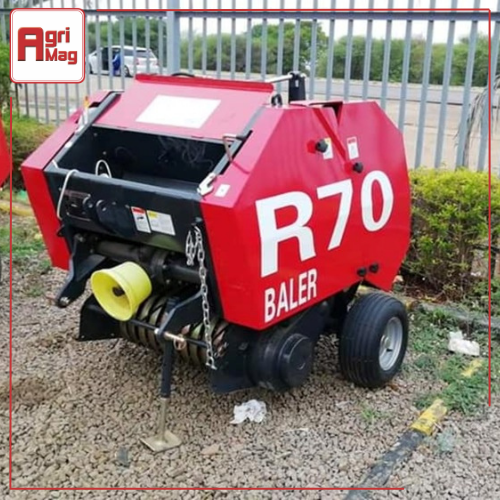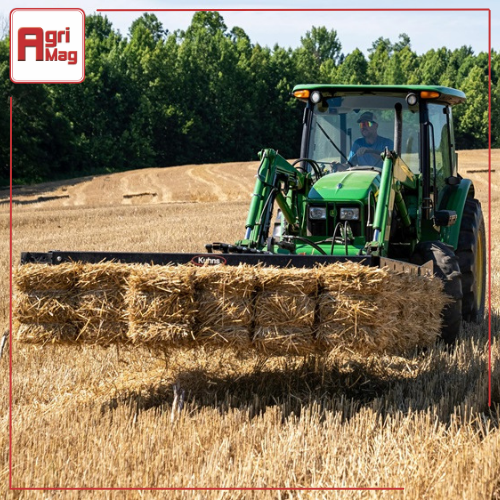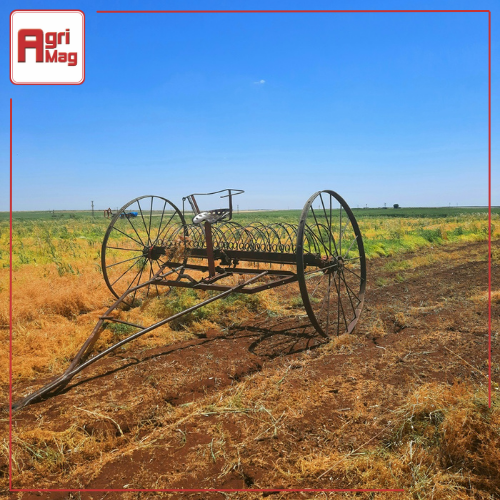
Exploring Trends and Innovations in Hay and Silage Production
Date: 03/05/2023
Interested in understanding the trends and innovations in hay and silage production? Haymaking and silage production is a cornerstone of agriculture, providing crucial feed for livestock across South Africa. In recent years, the industry has witnessed significant advancements driven by technological innovations and sustainable practices. From the introduction of new forage crop varieties to the adoption of precision agriculture techniques, the landscape of hay and silage production is evolving rapidly.
This article delves into the exciting developments occurring in South Africa's hay and silage production sector, exploring new varieties of forage crops, precision agriculture techniques, and sustainable production methods that are revolutionising the way farmers cultivate and harvest fodder. Read through some tips of buying and selling on AgriMag.
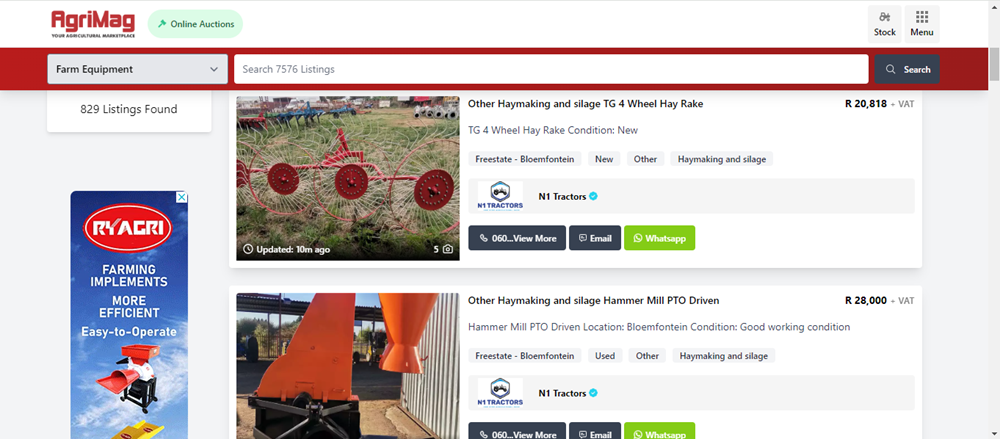
Trends and Innovations in Hay and Silage Production:
1. New Varieties of Forage Crops:
One of the most significant trends in hay and silage production is the introduction of new varieties of forage crops. Breeders are constantly developing cultivars that offer improved yields, nutritional value, and resistance to pests and diseases. In South Africa, for example, researchers have been focusing on developing drought-resistant forage crops that can thrive in the country's semi-arid regions. These new varieties not only ensure better fodder quality but also contribute to climate resilience by reducing water usage and enhancing soil health.
2. Precision Agriculture Techniques:
Precision agriculture has revolutionised farming practices across various sectors, and haymaking and silage production are no exception. By leveraging technologies such as GPS guidance systems, drones, and sensors, farmers can optimise every stage of the production process, from seed planting to harvest. In hay production, precision agriculture enables farmers to precisely apply fertilisers and irrigation, leading to higher yields and reduced environmental impact. Similarly, in silage production, precise monitoring of crop growth and moisture levels ensures optimal harvesting times, resulting in superior-quality silage with higher nutritional content.
3. Sustainable Production Methods:
With growing concerns about environmental sustainability, there is a rising demand for sustainable practices in hay and silage production. Farmers are increasingly adopting techniques that minimise waste, conserve resources, and reduce greenhouse gas emissions. Agroecological approaches, such as intercropping and cover cropping, are gaining popularity as they enhance soil fertility, biodiversity, and resilience to climate change. Additionally, the adoption of conservation tillage practices helps prevent soil erosion and promotes carbon sequestration, contributing to mitigating climate change effects.
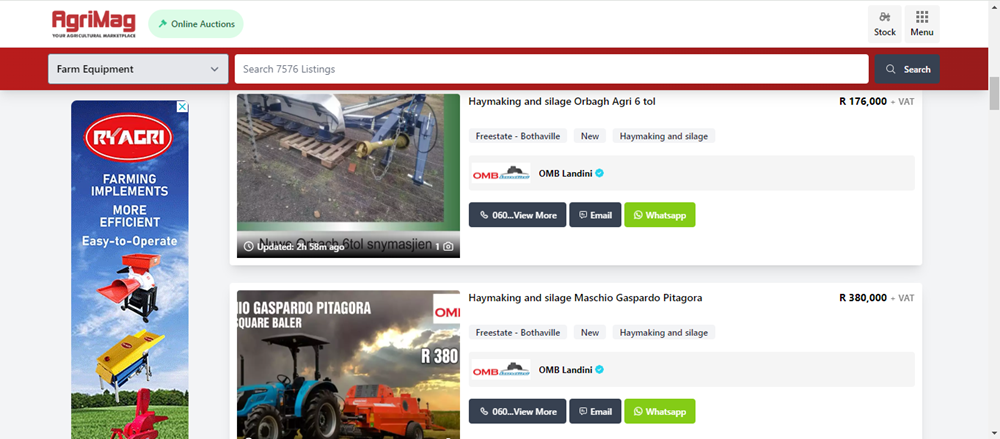
4. Mechanisation and Automation:
Another notable trend in hay and silage production is the increasing mechanisation and automation of farming processes. Machinery such as balers, mowers, and forage harvesters have become indispensable tools for modern farmers, allowing for faster and more efficient harvesting and processing of fodder crops. In addition to saving time and labor costs, mechanisation also improves the overall quality of hay and silage by reducing handling and minimising contamination.
5. Data-driven Decision Making:
Advancements in data analytics and farm management software have enabled farmers to make more informed decisions throughout the production cycle. By collecting and analysing data on factors such as soil health, weather patterns, and crop growth, farmers can optimise inputs, predict yields, and mitigate risks. This data-driven approach not only improves productivity and profitability but also facilitates sustainable farming practices by minimising resource wastage and environmental impact.
6. Value-added Products:
Beyond traditional hay and silage production, farmers are exploring opportunities to diversify their revenue streams by offering value-added products. This includes processed forage products such as pelletised feed, haylage, and silage additives enriched with vitamins and minerals. By adding value to their products, farmers can capture higher market prices and meet the evolving needs of livestock producers seeking convenient and nutritionally balanced feed options.
7. Climate-smart Farming Practices:
As climate change poses increasingly severe challenges to agricultural production, farmers are adopting climate-smart farming practices to adapt and mitigate its impacts. This includes strategies such as water-saving irrigation techniques, agroforestry, and agroecological zoning to optimise land use and minimise vulnerability to extreme weather events. By integrating climate-smart practices into hay and silage production, farmers can build resilience to climate variability while reducing their carbon footprint and environmental footprint.
In summary, the trends and innovations in hay and silage production are driving positive change in the agricultural sector. From the development of advanced forage crop varieties to the adoption of precision agriculture techniques and sustainable production methods, the industry is constantly evolving to meet the demands of a changing world. By staying abreast of these developments and embracing new technologies, farmers can enhance the quality, efficiency, and sustainability of their hay and silage production practices. Go over to read some of the buying and selling tips on AgriMag.
Categories:
Common category
Category Search:
Latest articles:

Choosing the Right Breed for South African Climates

Managing Livestock Health in Drought Conditions: Tips for Farmers

Embracing Organic Farming in South Africa: Minimal Resources

